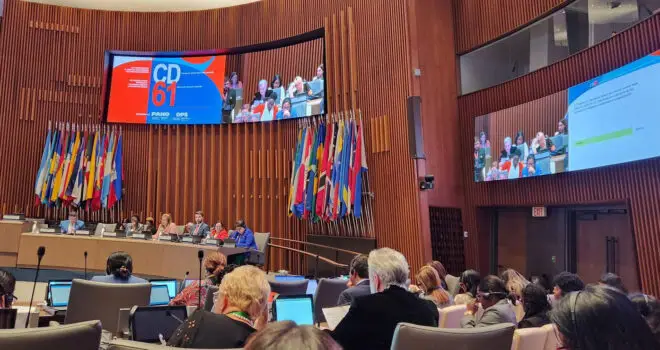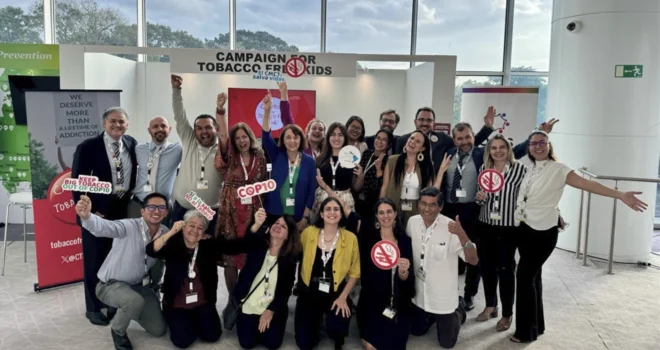On 25 August 2016, the World Heart Federation participated in a consultation on the recently updated draft of Appendix 3, held at the World Health Organization (WHO) in Geneva, Switzerland.
Appendix 3 is an annex to the WHO Global Action Plan on Noncommunicable Diseases (NCDs) 2013-2020. The Appendix contains a list of policies to assist countries as they implement the Action Plan’s 6 objectives.
All policies and interventions included in Appendix 3 are measured in terms of cost-effectiveness, which helps guide countries as they prioritise where to invest their limited resources. WHO is currently updating the original Appendix 3 – released in 2013 – to reflect scientific evidence that has emerged in the past 3 years.
During the WHO consultation session held in Geneva, Dr Etienne Krug (Director of NCD Management at WHO) observed that Appendix 3 is “one of the most important parts” of the Global Action Plan, as it offers guidance on “where to put our energy, where to focus to get the best results”. He highlighted the positive response WHO had received from WHO Member States (countries) the previous day on the proposed updates
Various WHO experts then provided an overview of the process and methodologies used to select interventions to be included in Appendix 3. Dr Douglas Bettcher (Director of NCD Prevention at WHO) particularly praised the ‘best buy’ concept – viewing policies in terms of their cost-effectiveness – as ‘a turning point in the prevention and management of NCDs’.
World Heart Federation Statement
On behalf of the World Heart Federation, Jeremiah Mwangi (Director of Policy & Advocacy) delivered a statement on how the updated Appendix 3 would impact the cardiovascular community. The statement drew particular attention to:
• WHF’s support of the inclusion of criteria for countries to consider when selecting interventions in addition to cost-effectiveness, such as equity and sustainability.
• The need to rank interventions by affordability as well as cost-effectiveness.
• The importance of integration across disease areas (e.g. NCDs and HIV/AIDS), as well as within the NCD sector (e.g. CVD and cancer).
Civil Society Feedback on Appendix 3
The consultation was well-attended by a number of Member State representatives present and a diverse range of civil society organizations including, among others, the NCD Alliance, the Union for International Cancer Control (UICC), the International Council of Nurses, and the World Stroke Organization (WSO).
Civil society response was broadly positive about the proposed updated to Appendix 3. Organizations welcomed the transparent and inclusive process undertaken by WHO, and its efforts to maintain a user-friendly format for the document.
Several organizations called for the Appendix to pay greater attention to the health systems capacities that must be in place to successfully implement many of the recommended interventions.
Both the NCD Alliance and UICC requested WHO to endorse a ‘call for research’ on NCD areas that lack cost-effectiveness analysis. This request was echoed by the International Society for Physical Activity and Health (ISPAH), who sought guidance from WHO on cost-effectiveness research to facilitate relevant analysis to be carried out on physical activity.
Next Steps
Before attending the Appendix 3 consultation, the World Heart Federation submitted a written response to WHO, and contributed further feedback via the NCD Alliance. WHO plan to publish all civil society responses on their website next month.
WHO will complete a final draft of the updated Appendix 3 by 7 October. This draft will be submitted for discussion by Member States at the 140th Executive Board Meeting in January 2017 and at the 70th World Health Assembly in May 2017.


